Acne is a common skin condition that affects millions of people worldwide, often leaving behind emotional and physical scars. While traditional treatments like topical creams and oral medications have been the go-to solutions, a growing number of individuals are turning to alternative therapies, such as red light therapy (RLT), to address their skin concerns. But does red light therapy really help acne? Let’s dive into the science, benefits, and real-world insights to explore this question.
What Is Red Light Therapy?
Red light therapy is a therapeutic technique that uses low level wavelengths of red light to help treat skin conditions, such as wrinkles and psoriasis. Though the treatment seems promising, more research is needed. Red light therapy (RLT) is a type of phototherapy that may help: treat skin issues, like stretch marks and wrinkles; treat skin conditions, such as psoriasis, scars, and acne. RLT is commonly referred to as photobiomodulation. It was accidentally discovered by Endre Mester in 1967 at the Semmelweis Medical University in Budapest, Hungary. He noticed that laser light helped promote hair growth and wound healing in rats. In the 1990s, light-emitting diode (LED) technology was used by scientists to help grow potatoes in space. The intense red LEDs helped promote photosynthesis. Supposedly, it also helped wounds on the scientists’ hands heal faster.
Red light therapy involves using LED lights or lasers for 5 to 20 minutes to reduce inflammation on parts of your body. Because it can also reduce inflammation, it may help conditions like arthritis and acne. Red light may also help decrease signs of aging by replenishing the collagen in your skin. Perhaps you've heard celebrities raving about the benefits of red light, or seen advertisements on internet for expensive red-light emitting devices. Red light therapy is a treatment that uses LED lights or lasers to expose the body to red light, the longest wavelength of visible light on the visible light spectrum. It’s sometimes referred to as RLT, photobiomodulation therapy, or low-level laser light therapy.
How Does Red Light Therapy Work for Skin?
When undergoing red light therapy, the area of your skin or body that you want treated is exposed to low levels of red light. The light affects the mitochondria in your cells. Mitochondria are known as cell energy generators. Mitochondria are responsible for generating energy, which is stored as the molecule adenosine triphosphate (ATP). Over time, our mitochondria produce less ATP due to changes related to aging, illness, and lifestyle factors. This red light exposure may produce a positive biochemical effect in your cells that strengthens the mitochondria, which is where the cell’s energy is created. RLT may do this by increasing the transportation of electrons, oxygen consumption, and your levels of ATP (adenosine triphosphate). By increasing the energy of the mitochondria, cells may function more efficiently, as well as rejuvenate and repair themselves.
Red light therapy is thought to work by acting on the “power plant” in your body’s cells called mitochondria. With more energy, other cells can do their work more efficiently, doing things like repairing skin, boosting new cell growth and enhancing skin rejuvenation. Research shows that red light therapy may be able to treat acne. When applied to the skin, red light therapy reduces inflammation and increases turnover of keratinocytes, the most common type of skin cell that makes up the structure of our top layer of skin.
Red Light Therapy and Acne: The Evidence
Research has found that red light therapy can be effective for acne treatment. This may have to do with its ability to help reduce inflammation. In addition to helping with active acne lesions, red light lasers may also help treat old acne scars. RLT, either alone or in combination with other treatments, such as blue light therapy, is a potentially effective treatment for acne vulgaris. The light appears to penetrate deep into the skin and affect sebum production while also reducing inflammation and irritation in the area.
Light-based and laser therapies are often used to treat acne because the light can penetrate deep within the skin. Red light targets your sebaceous glands — small ducts that release a pore-clogging, acne-causing oil called sebum. The effect of the light helps reduce inflammation within those sebaceous glands, which may improve the appearance of acne. Some research suggests that red light appears to be most effective as an acne treatment when used with a type of drug called a photosensitizing agent — particularly among patients whose acne doesn't respond to topical therapy or oral antibiotics. One over-the-counter photosynthesizing agent is alpha-lipoic acid (ALA).
There have also been promising studies on the treatment of mild-to-moderate acne with a combination of red light and blue light. However, more research is needed on the long-term effects of red light on acne and the use of red light for severe acne. In one study, 90 patients received 8 LED red-light treatments to their face over 4 weeks. More than 90% of patients said they noticed some improvement, including softer and smoother skin, less redness, and lightening of dark spots. Similar results have been seen in larger studies.
Why Red Light Therapy Stands Out for Acne
Red light therapy promotes healing from acne. It works deep beneath the surface of your skin to help repair and soothe irritated tissue. Acne damages the skin in ways that can cause changes to the skin tissue. The trauma of acne can cause temporary darkening of the skin, a condition known as post-inflammatory hyperpigmentation. Injuries cause inflammation. As this inflammation heals, the skin produces extra melanin, a natural substance that gives your skin, hair, and eyes their color. Red light therapy for acne stimulates circulation to deliver inflammatory mediators, which are natural substances that control swelling, to the injured skin tissue. The inflammatory mediators prevent the inflammation that triggers the melanin, which means red light therapy stops the dark spots from developing in the first place.
Scars can develop when the trauma of acne damages your skin’s derma, which is the layer of tissue just below the surface of your skin. Your body produces collagen to help your skin heal from acne. Collagen fibers can help skin heal quickly, but overgrowth and poor distribution of collagen can cause a scar to form. Red light therapy is known for its therapeutic benefits, including wound healing and anti-inflammatory benefits, particularly for skin conditions like acne. Acne-prone skin benefits greatly from red light therapy too, as the light can reduce sebum production, which is one cause of acne, plus reduce the appearance of current inflammatory breakouts.
Combining Red and Blue Light Therapy
Using red and blue light in therapy for acne creates a synergy that effectively tackles acne from multiple angles. While red light reduces inflammation and promotes healing, blue light zeroes in on the bacteria causing the acne. Combining red and blue light therapy is a promising approach for treating acne. Blue light therapy is the type of light therapy most commonly used to address acne breakouts. The wavelength of blue light has an antimicrobial effect, making it effective at killing several types of bacteria that can collect in your pores and oil glands and cause breakouts. In one study, people with acne who were treated for five weeks with blue light therapy saw improvement.
Red light therapy doesn’t have the same antibacterial effects of blue light therapy, but it can still be effective. Red light therapy helps promote healing and may work to decrease the visibility of acne scarring. It also has anti-inflammatory capabilities. Red light therapy works deep below the surface of your skin to help soothe and repair tissue. If your acne is caused by a chronic skin condition, red light therapy might be the choice for you. The effectiveness of blue and red light therapy for acne has garnered significant attention within the realm of skincare. This dual therapy has shown promising results in mitigating acne concerns. Blue light, with its antibacterial properties, works to eliminate acne-causing bacteria, while red light addresses inflammation and promotes healing.
Practical Applications: At-Home vs. In-Office
Years ago, you had to get red light therapy in a physician’s office. Today, you can purchase red light therapy devices online or at your local pharmacy. Some of these products use red lights in handheld devices. Others are full-body beds. If you decide to use a red light therapy device at home, note that it may not be as powerful or effective as devices used by doctors or other professionals. When choosing an at-home device to purchase, you can check whether it has been cleared by the US FDA, which means that it is safe and equivalent to other devices already on the market. When using a red light therapy device at home, make sure to use proper eye protection and follow all directions on the device.
It’s no surprise that a professional treatment with LED light therapy is more effective than at-home alternatives. However, in-office treatments are more expensive, though more powerful and effective. Since in-office acne light therapy is targeted and stronger, it provides quicker results. But that doesn’t mean at-home options don’t work. They will still provide results, yet at a much less strong rate than a clinic will. Optimize your results from red light therapy for acne by removing all sunscreen and makeup products from the affected area before your treatment. These products can block the red and near-infrared LED rays used in red light therapy. As long as sensitivity is not an issue, you can use anti-acne skincare products following your red light therapy.
Benefits Beyond Acne
Red light therapy is promoted as a treatment for some common skin conditions, including to: Improve wound healing. Reduce stretch marks. Reduce wrinkles, fine lines and age spots. Improve facial texture. Improve psoriasis, rosacea and eczema. Improve scars. Improve sun-damaged skin. Improve hair growth in people with androgenic alopecia. Most experts say that they don’t know yet if RLT is effective for all its claimed uses. Most say that the studies published so far show some potential for certain conditions, but that more studies need to be conducted. Red light therapy appears to be safe and isn’t associated with any side effects, at least, if used short-term and as directed. This therapy isn’t toxic, not invasive and not as harsh as some topical skin treatments.
Limitations and Considerations
While red light therapy has been shown to be effective for a variety of skin issues, including acne and wrinkles, it may not be suitable for everyone. While red light therapy might benefit pimples because of the treatment's anti-inflammatory effects, red light therapy is not effective against blackheads, whiteheads, acne cysts, or nodules. There is a low risk of side effects from undergoing RLT. However, prolonged or high-intensity exposure outside of treatment guidelines may damage the skin. Products for use at home may also lead to misuse, causing burns, blisters or damage to unprotected eyes. Photodynamic therapy can make you more sensitive to light for as long as three months post-procedure. Other possible side effects include skin peeling or redness.
More research is needed to further characterize the benefits of red light therapy, but it appears to be a promising treatment in the field of dermatology. Results vary from patient to patient and are typically subtle after one session. People should know that results you usually see with these treatments are mild. They aren’t a game changer when it comes to fine lines, wrinkles, hair loss, etc. Still, red light therapy definitely shows promise in the field of dermatology, especially due to its safe, noninvasive nature and its minimal side effects.
Frequently Asked Questions (FAQ)
1. Can red light therapy completely cure acne?
No, red light therapy is not a cure for acne. It can help reduce inflammation, promote healing, and decrease the appearance of acne and scars, but it’s best used as part of a broader skincare routine. For severe or persistent acne, consult a dermatologist for a tailored treatment plan.
2. How long does it take to see results from red light therapy for acne?
Results vary depending on the severity of your acne and the consistency of treatment. Some people notice improvements within a few weeks, while others may need 4-6 weeks of regular sessions (e.g., 2-3 times per week) to see visible changes.
3. Is red light therapy safe for all skin types?
Yes, red light therapy is generally safe for all skin types since it doesn’t use UV light and is non-invasive. However, those with very sensitive skin or conditions like lupus should consult a doctor first, as light exposure might trigger reactions.
4. Should I use red light therapy alone or with other treatments?
Red light therapy works well alongside other acne treatments, like cleansers or topical products with salicylic acid. Combining it with blue light therapy can also enhance results by targeting bacteria and inflammation simultaneously.
5. Can I overdo red light therapy?
While it’s considered safe, overusing red light therapy (e.g., too long or too frequent sessions) might irritate your skin. Stick to recommended guidelines—typically 5-20 minutes per session—and avoid excessive exposure.
6. Does red light therapy work for acne scars?
Yes, it can help! Red light therapy boosts collagen production and improves skin texture, which may reduce the visibility of acne scars over time. Results are gradual and more pronounced with consistent use.
Conclusion
Red light therapy offers a promising, non-invasive option for managing acne, particularly for those with mild to moderate cases. Its ability to reduce inflammation, regulate sebum production, and promote healing makes it a compelling choice, especially when paired with blue light therapy. While it’s not a miracle cure and requires patience, the lack of harsh side effects and its growing popularity—both in clinics and at home—suggest it’s worth considering. For anyone battling acne, red light therapy could be a gentle yet effective tool to reclaim clearer, healthier skin. Always consult a professional to see if it fits your unique needs, and pair it with a solid skincare routine for the best outcome.

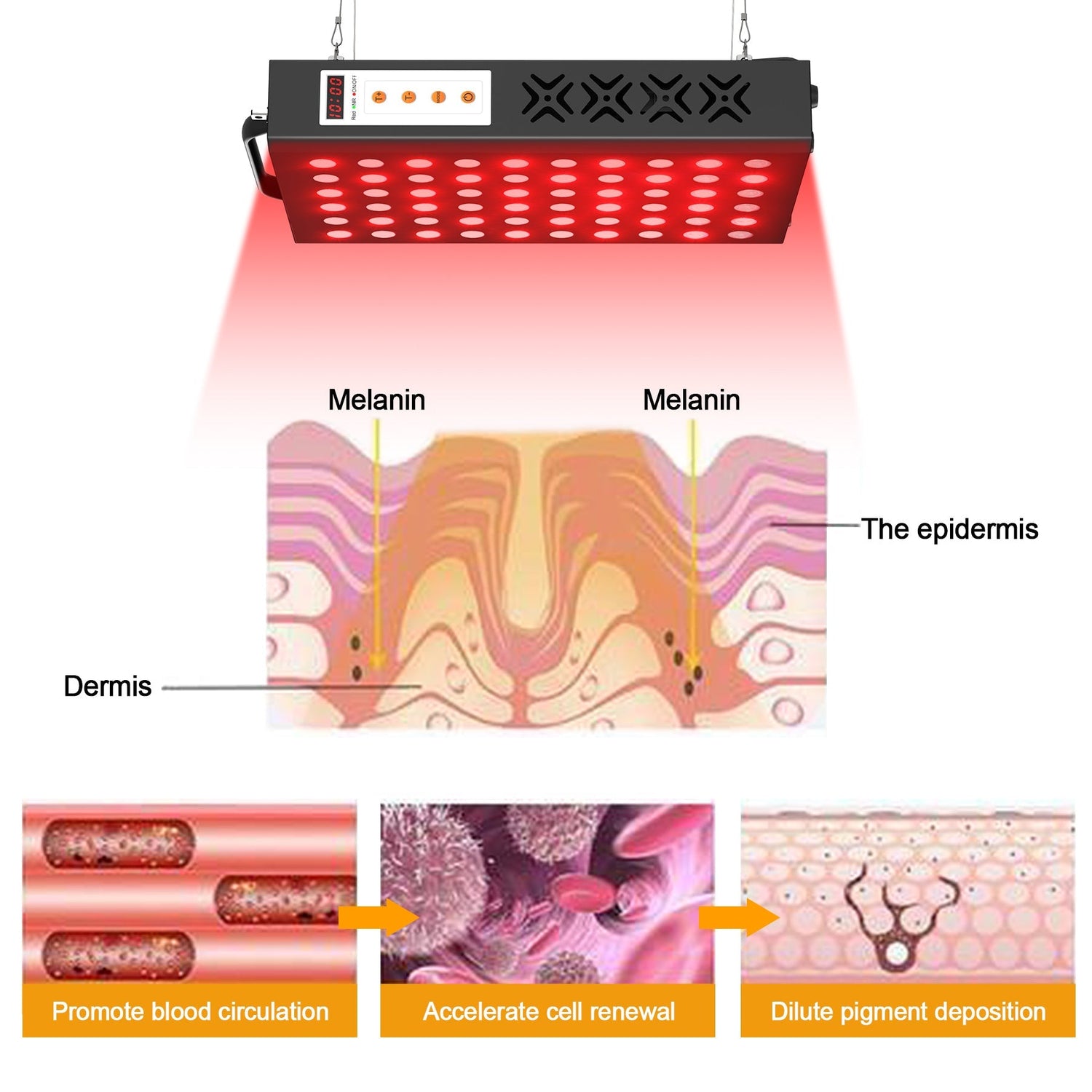
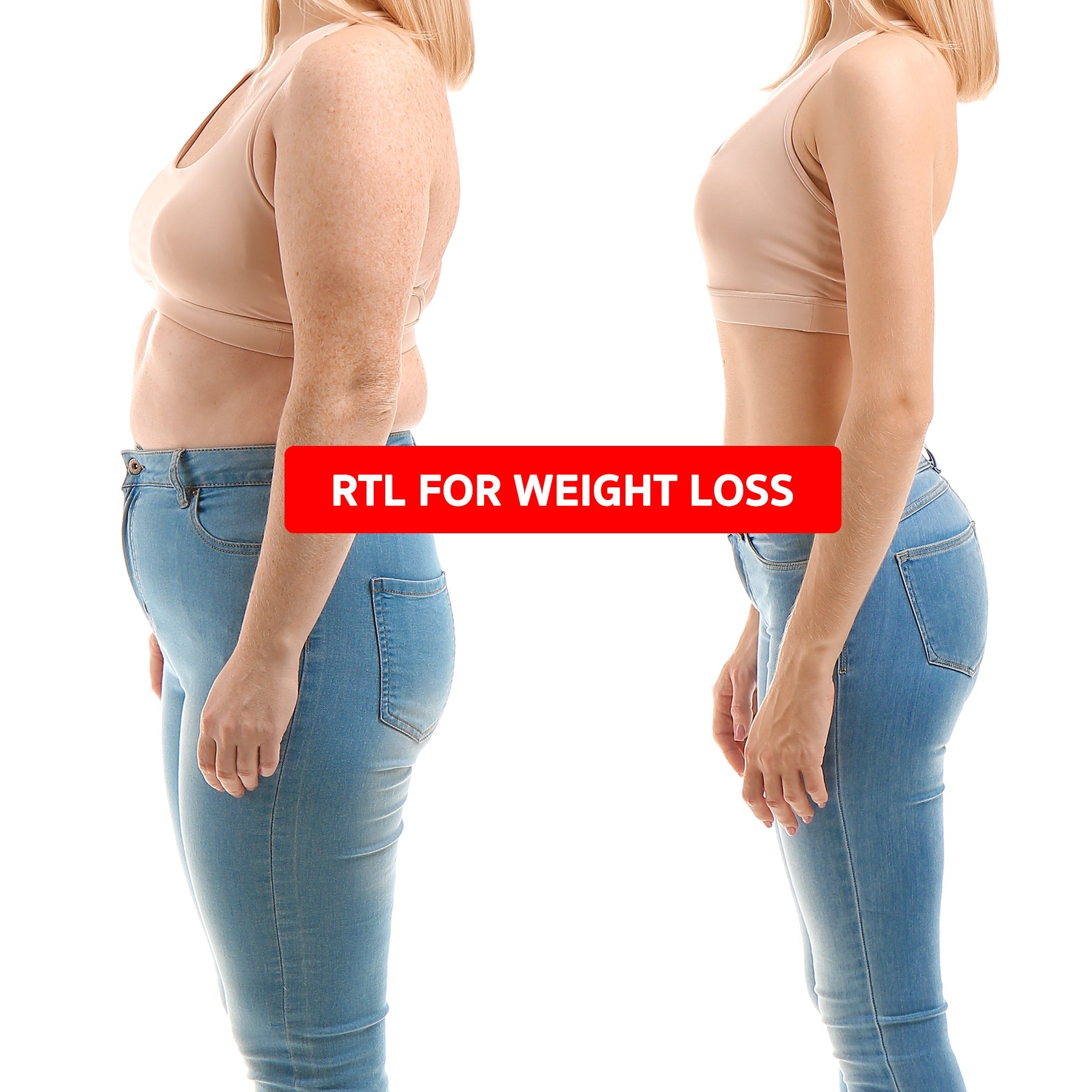

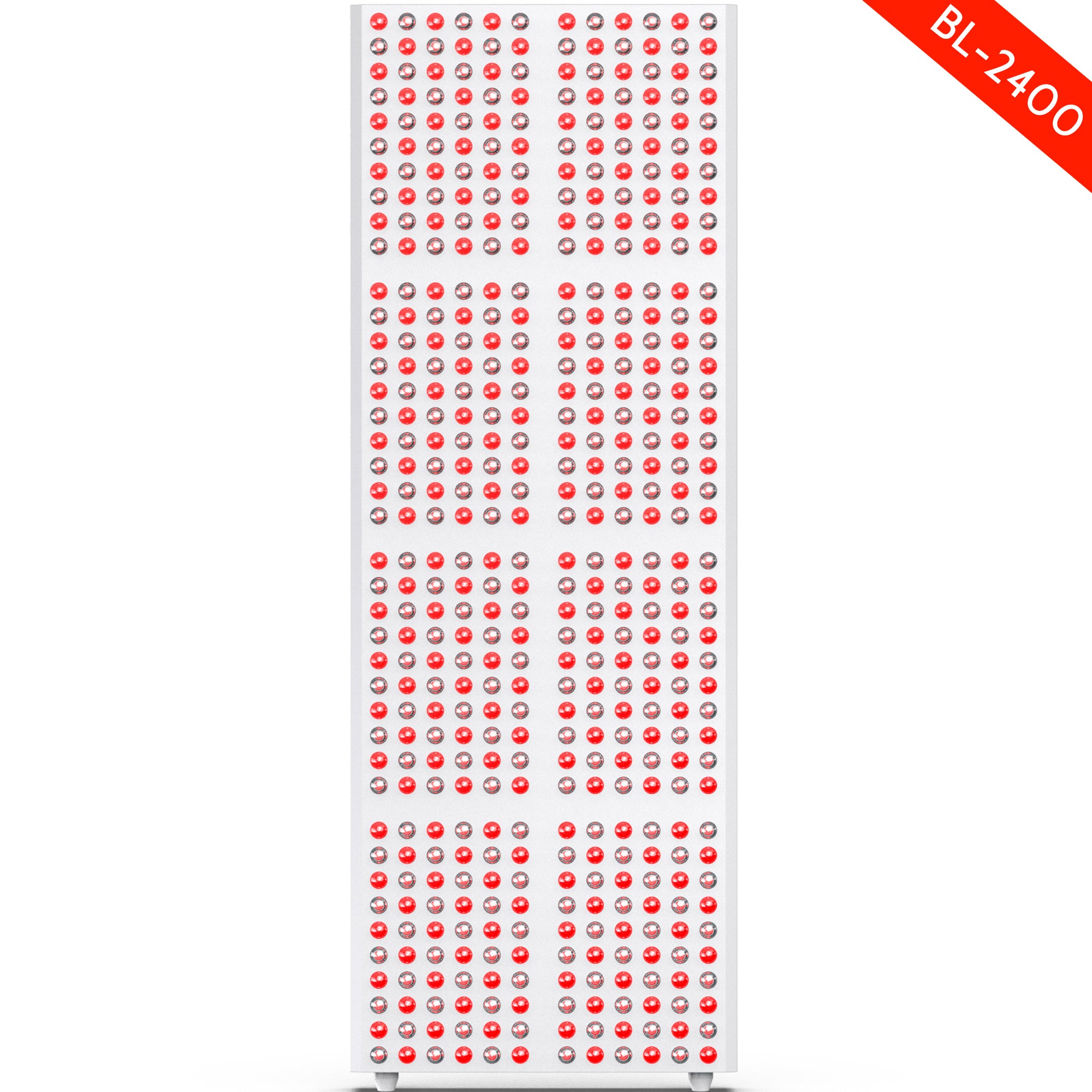
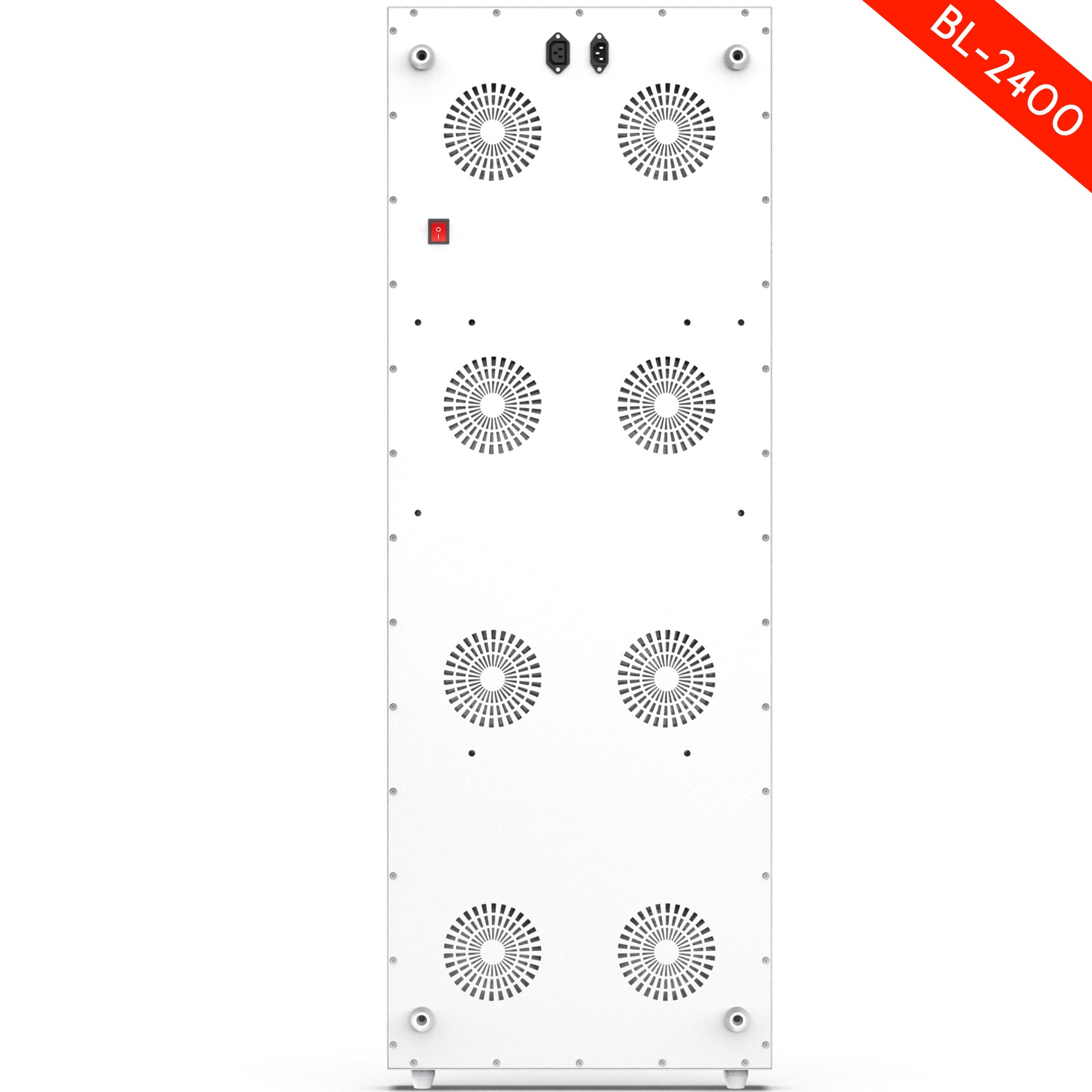
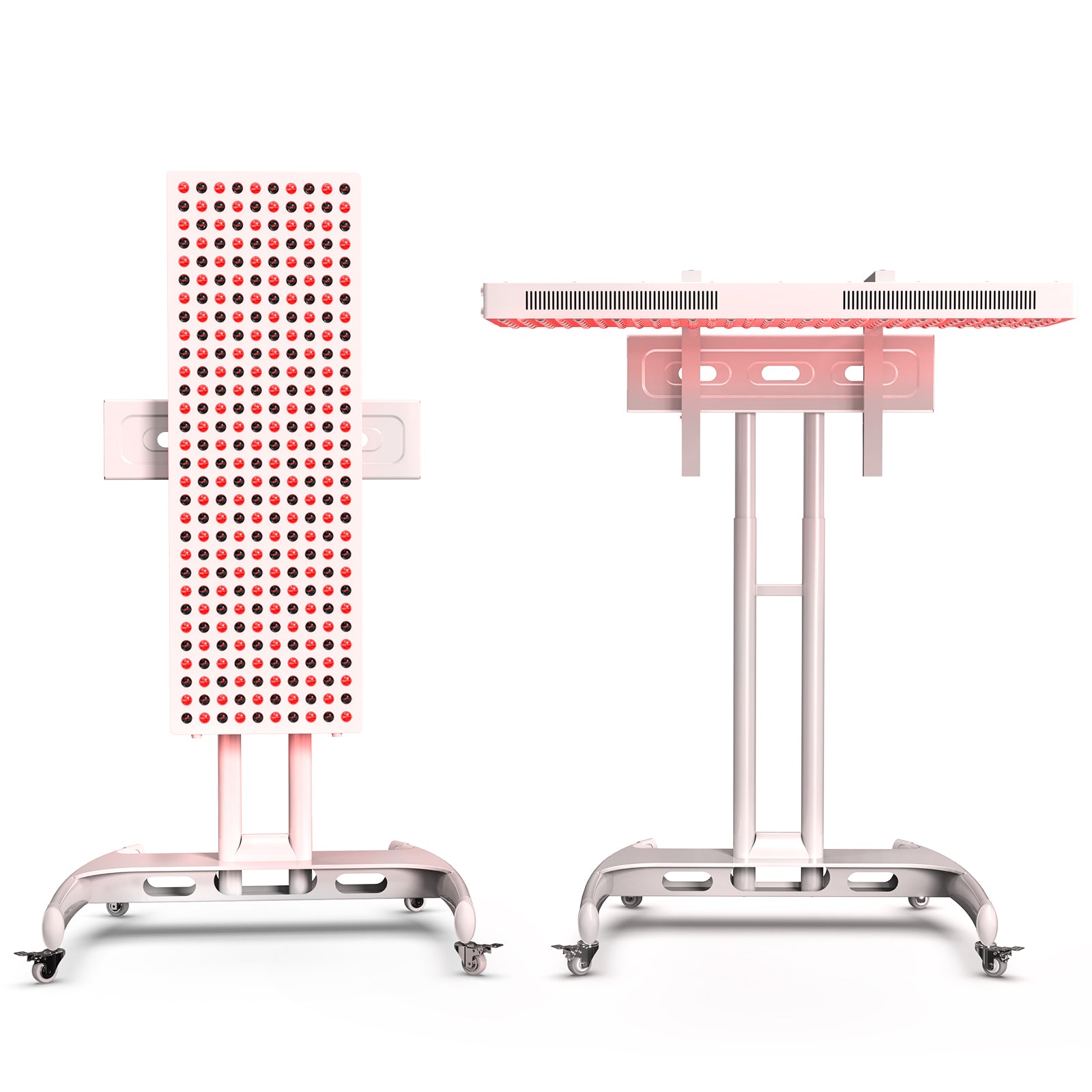
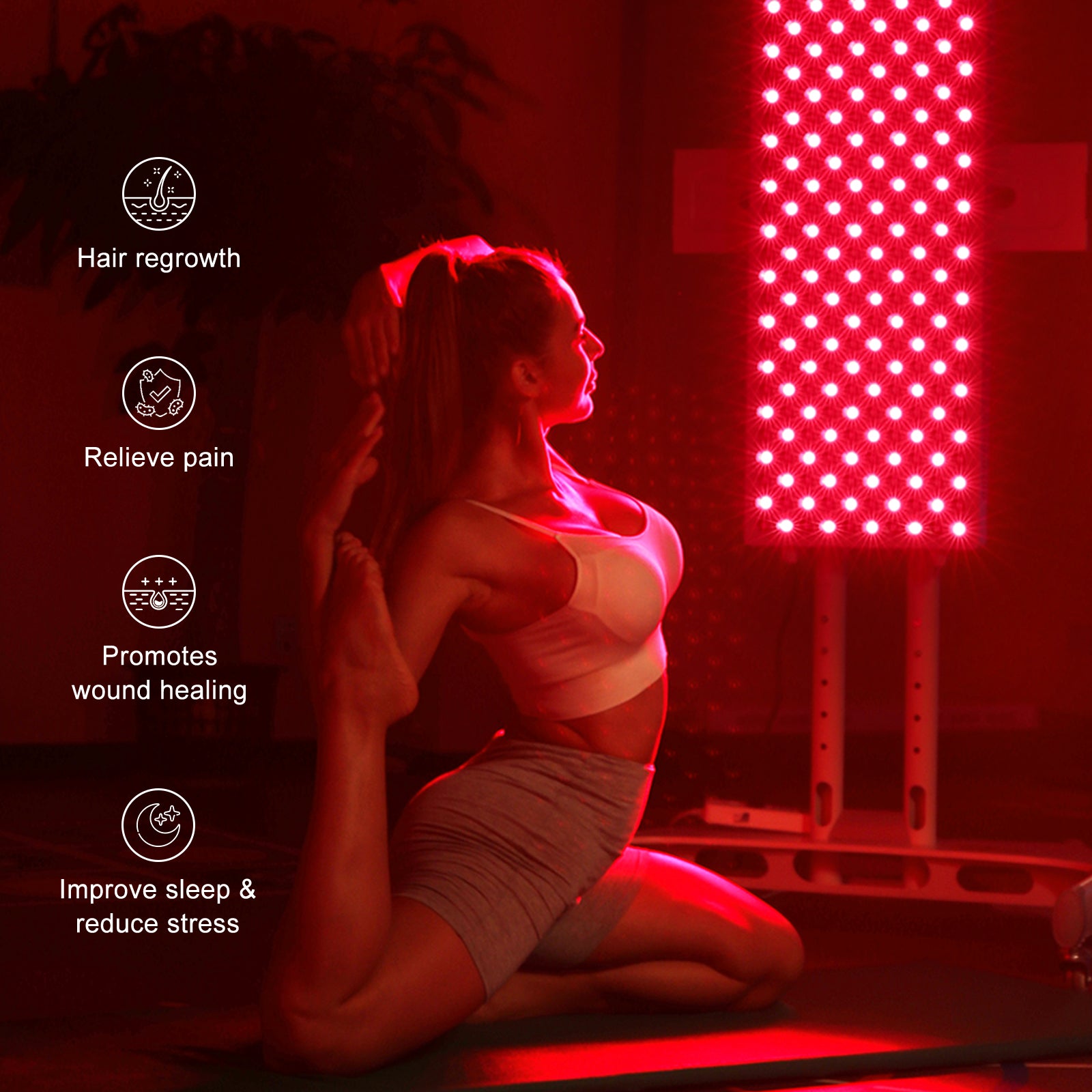
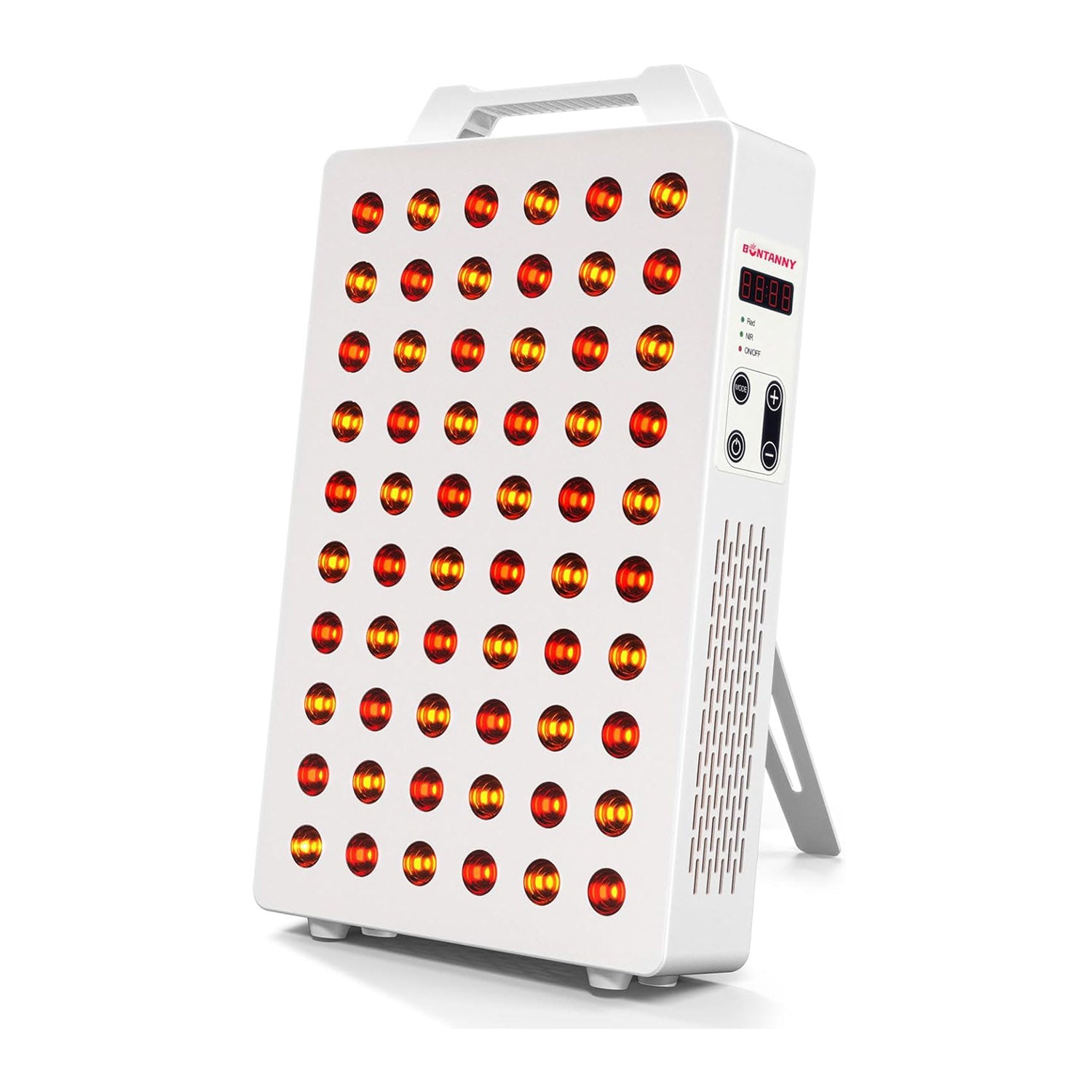
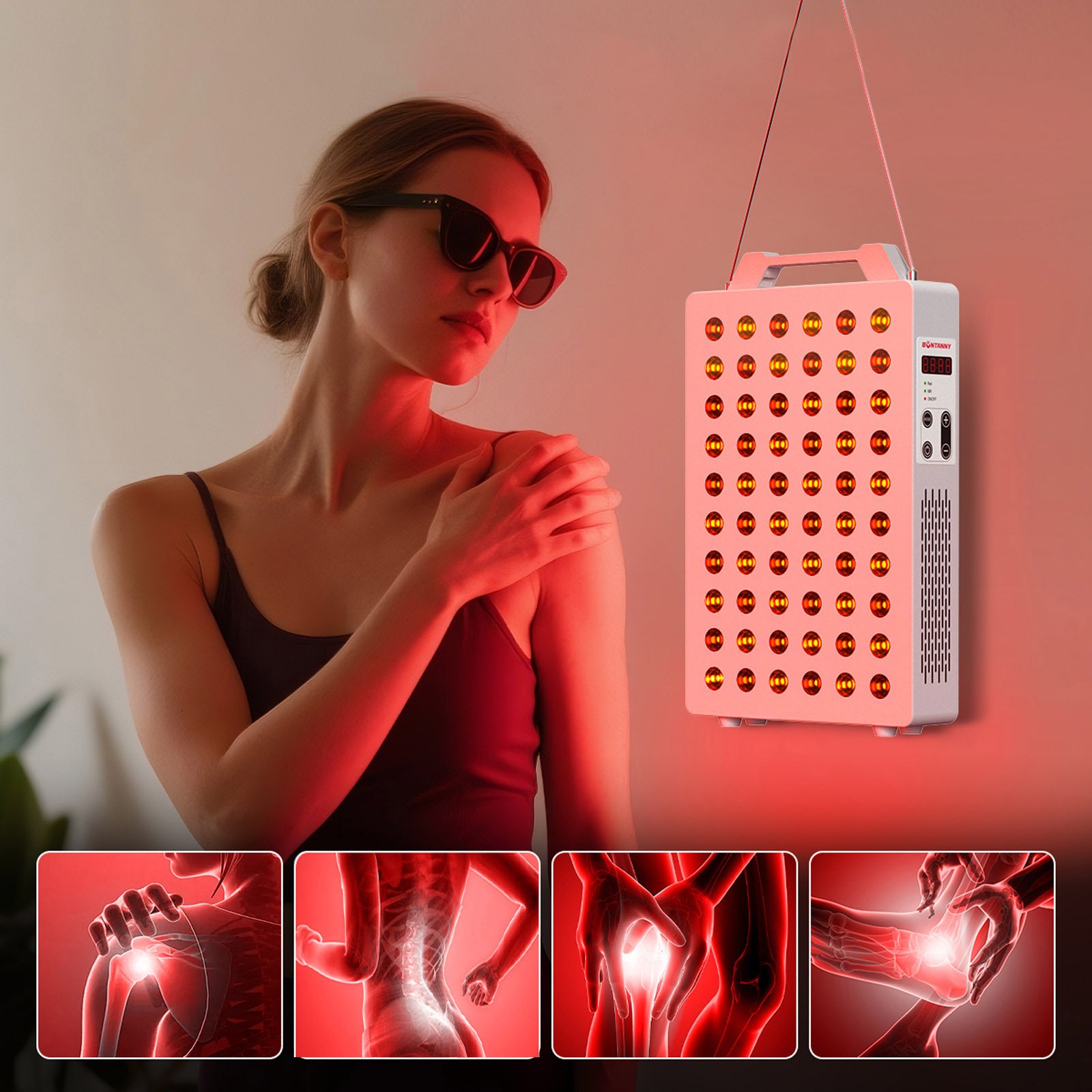
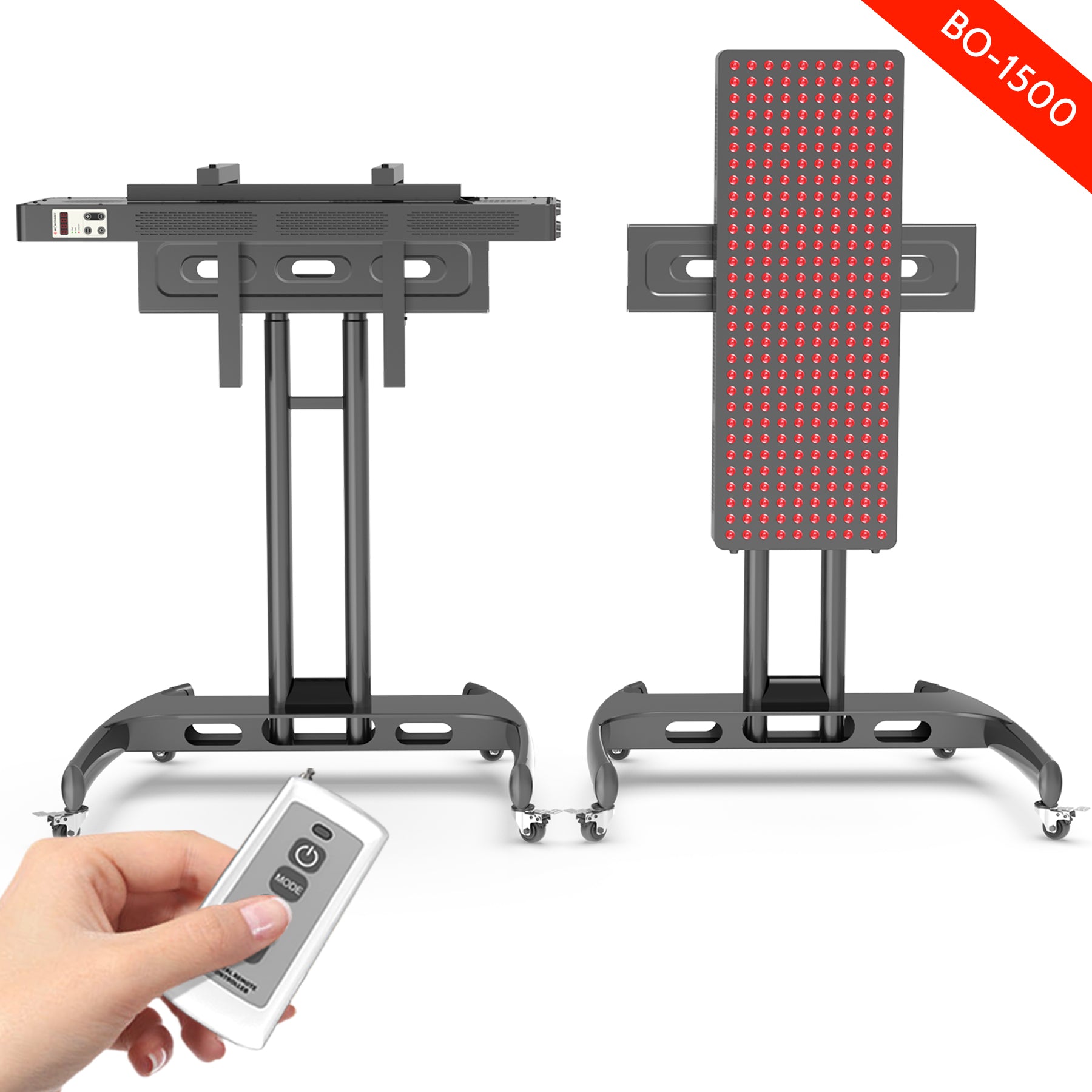
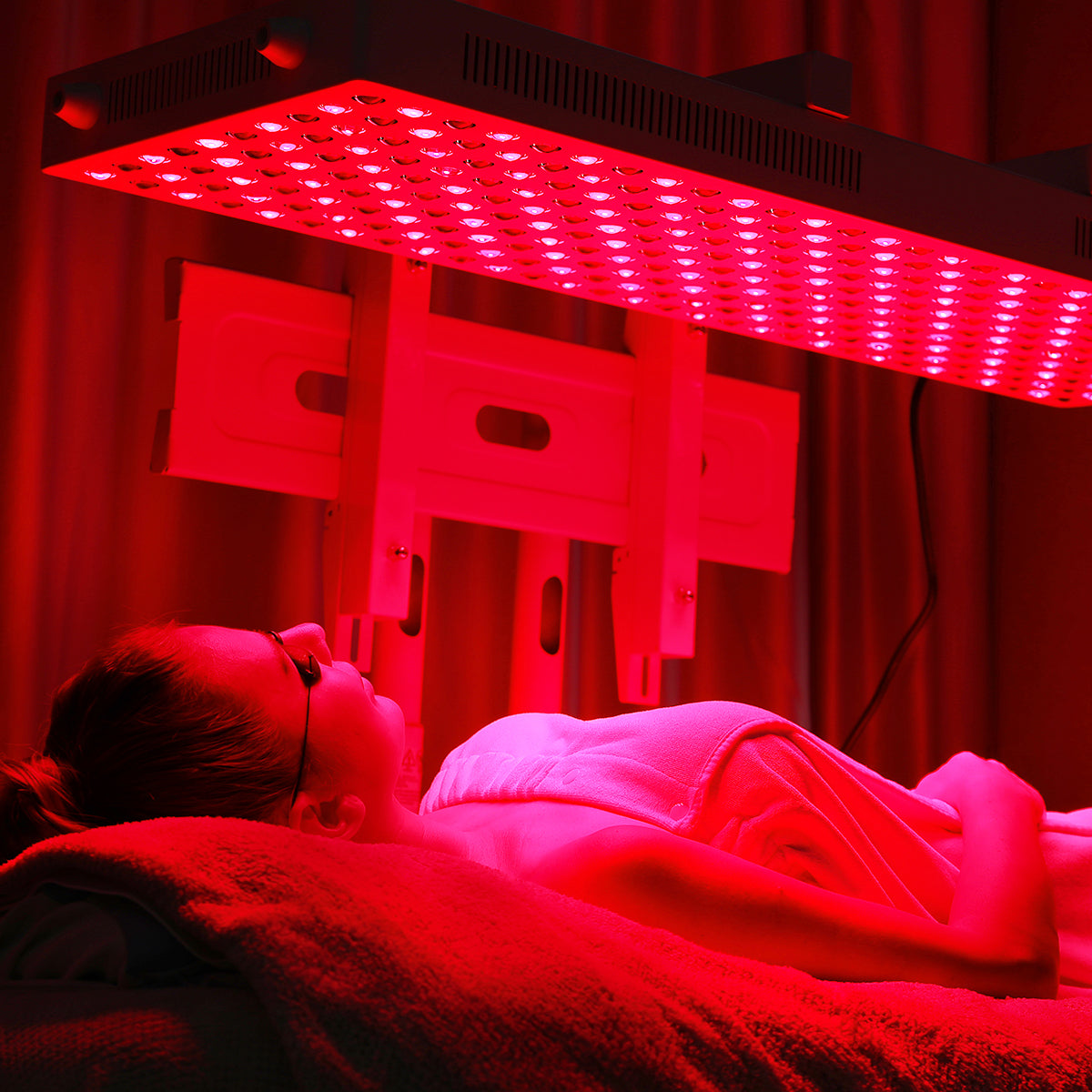
Leave a comment
This site is protected by hCaptcha and the hCaptcha Privacy Policy and Terms of Service apply.